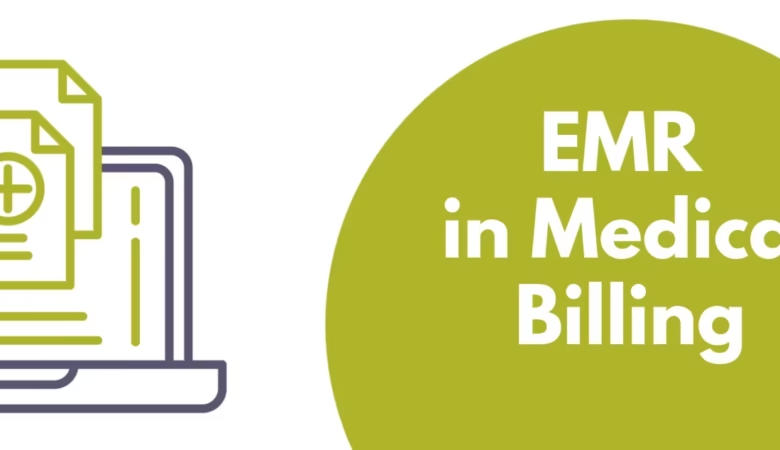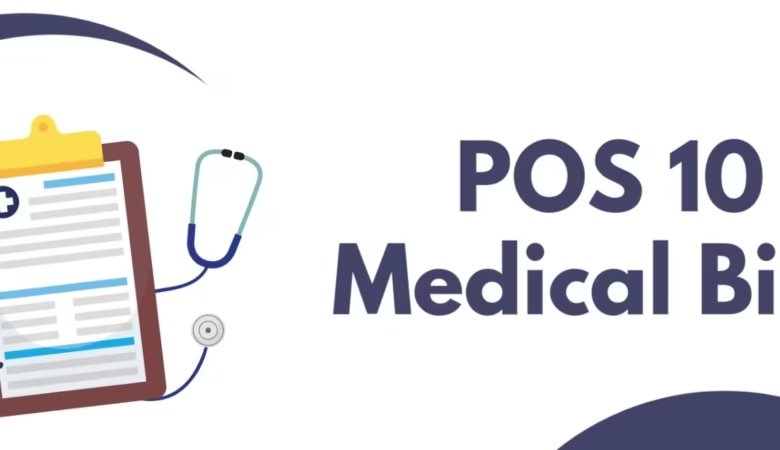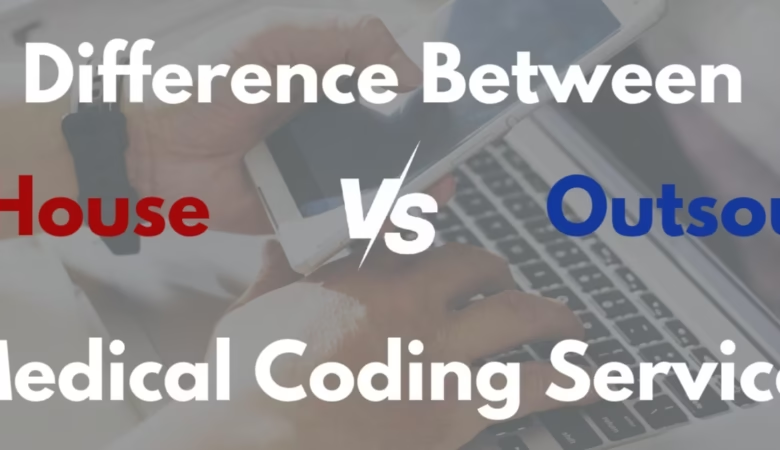Tips to Improve Patient Registration Process
Introduction In today’s fast-paced healthcare environment, the efficiency of the patient registration process plays a crucial role in shaping the overall patient experience. A well-optimized registration system can significantly improve patient satisfaction, reduce administrative burdens, and enhance overall operational efficiency. A seamless and efficient registration process not only improves patient satisfaction but also ensures accurate billing and timely reimbursements. In this article, we delve deep into actionable tips to improve the patient registration process, incorporating key strategies and best practices that healthcare providers can implement. Also Read: EMR in Medical Billing Understanding the Importance of the Patient Registration Process The patient registration process is the first interaction a patient has with a healthcare facility. It involves collecting demographic details, insurance information, medical history, and consent forms. An efficient registration process helps: Ensure accurate medical records. Avoid billing errors and claim denials. Improve patient satisfaction and retention. Reduce administrative workload. Also Read: Benefits of Outsourcing Medical Billing Common Challenges in the Patient Registration Process Before diving into the solutions, it is essential to understand the challenges that healthcare providers face in this process: Data entry errors. Long wait times. Incomplete or inaccurate patient information. Insurance verification delays. Poor communication between departments. Also Read: Key Features of Medical Billing Services Importance of an Efficient Patient Registration Process The patient registration process serves as the gateway to healthcare services, setting the tone for the entire patient experience. An optimized registration system not only enhances patient satisfaction but also contributes to the success and reputation of healthcare practices. By streamlining this critical first step, medical facilities can: Reduce wait times Minimize errors in patient information Improve overall patient flow Enhance revenue cycle management Increase staff productivity Also Read: Medical Billing Services in USA Top 10 Tips to Improve Patient Registration Process Improving the patient registration process is vital for healthcare facilities aiming to provide a seamless patient experience while ensuring operational efficiency. Here are ten essential tips to optimize this process: 1. Implement Advanced Technology Leverage Electronic Health Record (EHR) systems and patient management software to streamline data collection. Automated systems minimize errors and save time. RevMax Healthcare offers cutting-edge technology solutions that enhance data accuracy and improve the overall registration process. Their solutions are HIPAA-compliant patient registration systems designed for efficiency. 2. Offer Online Pre-Registration Allow patients to fill out forms online before arriving at the facility. This reduces wait times and ensures the necessary information is collected ahead of time. Benefits: Saves time for both staff and patients. Reduces waiting room congestion. Improves patient satisfaction. 3. Train Staff for Accuracy and Efficiency Staff training is essential for minimizing data entry errors. Regular training sessions can help staff stay updated on best practices and new technologies. Focus on: Accurate data collection. Insurance verification. Effective communication skills. 4. Utilize Automated Insurance Verification Manual insurance verification is time-consuming and error-prone. Automating this process can significantly improve efficiency. Automated verification helps: Reduce denials and payment delays. Ensure accurate co-pay collection. 5. Simplify Forms and Documentation Complicated forms can overwhelm patients, leading to incomplete or incorrect information. Simplifying forms improves data accuracy and enhances the patient experience. Best Practices: Use clear and concise language. Minimize redundant fields. 6. Optimize Appointment Scheduling Efficient appointment scheduling reduces congestion at the front desk and improves the flow of the registration process. Strategies: Stagger appointments. Allow for buffer times to manage unexpected delays. 7. Enhance Patient Communication Effective communication improves patient engagement and satisfaction. Use automated reminders and clear instructions to guide patients through the registration process. Communication Channels: Text messages. Emails. Phone calls. 8. Collect Patient Feedback Feedback helps identify bottlenecks and areas needing improvement. Encourage patients to provide feedback through surveys or suggestion boxes. Utilize feedback to: Improve processes. Train staff on patient expectations. 9. Maintain Data Security and Compliance Healthcare facilities in the USA must comply with HIPAA and other US-specific healthcare regulations to protect patient information. Secure data management systems are essential. Data Security Measures: Regular audits. Encryption technologies. Secure access controls. 10. Partner with Revenue Cycle Management Experts Working with revenue cycle management companies in the USA like RevMax Healthcare can significantly improve the patient registration process. Benefits of partnering with RevMax Healthcare: Expertise in US medical billing and coding. Automated insurance verification tailored to US healthcare systems. Real-time analytics and reporting. By integrating these tips, healthcare facilities across the United States can enhance efficiency, reduce errors, and improve patient satisfaction, ultimately driving better financial and operational outcomes. How RevMax Healthcare Can Help? RevMax Healthcare specializes in optimizing revenue cycle management for healthcare providers. Their services include: Medical Billing and Coding: Ensuring accuracy to maximize revenue. Insurance Verification: Reducing denials and improving cash flow. Credentialing Services: Streamlining the process for quicker reimbursements. Patient Engagement Solutions: Enhancing communication and satisfaction. Conclusion Improving the patient registration process is essential for healthcare facilities aiming to enhance patient satisfaction, reduce errors, and ensure timely reimbursements. By implementing advanced technologies, offering online pre-registration, and partnering with experts like RevMax Healthcare, providers can streamline operations and improve overall efficiency. Explore how RevMax Healthcare can revolutionize your patient registration process and drive better financial outcomes.










